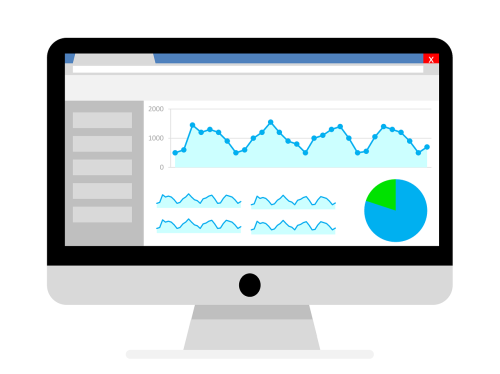Predictive Analytics: One Year Later
- Getty Images’ sales team needed data-driven intelligence from marketing to make its monitoring and interactions more effective
- Predictive models take into account the likeliness of electronic conversion, potential account value and other factors to prescribe the right course
- Providing key account highlights and information to enable the sales process helped build greater trust and support
Just about one year ago, Getty Images reached a critical point in its marketing evolution. At the time, the Seattle-based stock photo agency, which conducts primarily assisted, complex B2B sales through its Getty brand and online transactions through its iStockPhoto subsidiary, was not yet using predictive lead scoring.

Data input was not standardized, causing duplication and confusion. A demand generation operations group had recently launched. The sales team had just undergone a major reorganization.
The time was right to embark on a new journey with predictive analytics.
“We were looking for a partner that could help us with data enrichment so that we could get more information on our prospects and customers for personalization and segmentation,” said Jason Widup, senior director of marketing operations. “We also needed predictive lead scoring so that we could mature from a standard Eloqua scoring model.”
Widup and his team selected Mintigo, deploying its proprietary Predictive Marketing Platform to provide the insights needed for better prioritizing accounts and leads and following up with existing customers.
Typical B2B transactions give the selling organization the benefits of high purchase value, a contract with set start and end dates, and multiple indications of whether a customer will continue after the initial term is up, Jason explained. At Getty, however, the multitude of buying methods and availability of contract-free purchases make it difficult for the sales team to monitor activity and know when to reach out to existing customers or predict future behavior.
Thus, sales needed data-driven intelligence from marketing to make its monitoring and interactions more effective. New predictive models take into account the likeliness of electronic conversion, potential account value and other factors, to prescribe the right course of action. For example, if a given account is likely to convert on its own, the sales rep can leave it alone and instead maximize his or her time by focusing on accounts that truly need extra help.
For new accounts, Jason and his team started with one predictive model to get a read on spend levels by tier. “Our reps handle specific accounts based on spend level,” Jason explained. “So we took our net-new model and retrained it so that we have four models – one aligned to each tier. We trained each model with the ideal customers in each tier to help it determine which account type is sent to each rep.”
Although these and other models have been fully deployed for only a relatively short time, Getty has already seen positive traction. With one particular sales play, the action rate (i.e. the percentage of delivered leads that sales takes action on) has improved by 361 percent, and average win value has increased by 45 percent.
Based on early signals, Jason and his team have also already made several adjustments to the models – and discovered valuable best practices that can be leveraged by other B2B organizations that are considering and continuing to evolve predictive analytics.
First, communication and patient learning is key – especially in data-intensive partnerships like predictive analytics. “No one knows your business as well as you do, so it’s unfair to expect your analytics vendor to immediately understand your business,” he noted. “Had we spent a little more time either getting Mintigo up to speed on our business or doing more due diligence on our own on how predictive works and how it maps to our business, we might have ramped up faster and been more successful early on.”
Jason also recommends prioritizing quick wins for sales. Like many organizations, Getty had suffered from a disconnect between sales and marketing; before the Mintigo partnership, sales felt that marketing was not providing the required support. Demonstrating marketing’s increased value through effective prioritization of accounts combined with providing key account highlights and information to enable the sales process helped build greater trust and support as additional predictive models were rolled out.
“If you’re starting from a place where sales doesn’t fully appreciate or understand marketing’s contributions – or if you haven’t been providing much intelligence – be very deliberate about setting early goals to create some quick wins,” Jason recommended. “This helps lock in influencers within the sales organization who you can work with to help spread the message. It’s an internal marketing effort.”
Finally, while predictive analytics can provide more accurately targeted data, it doesn’t negate the need for human intervention. As with any technology, organizations must avoid blindly accepting and acting on any intelligence provided. “All of that needs to be tempered with your own knowledge,” Jason said. “It’s about trusting your own business.”